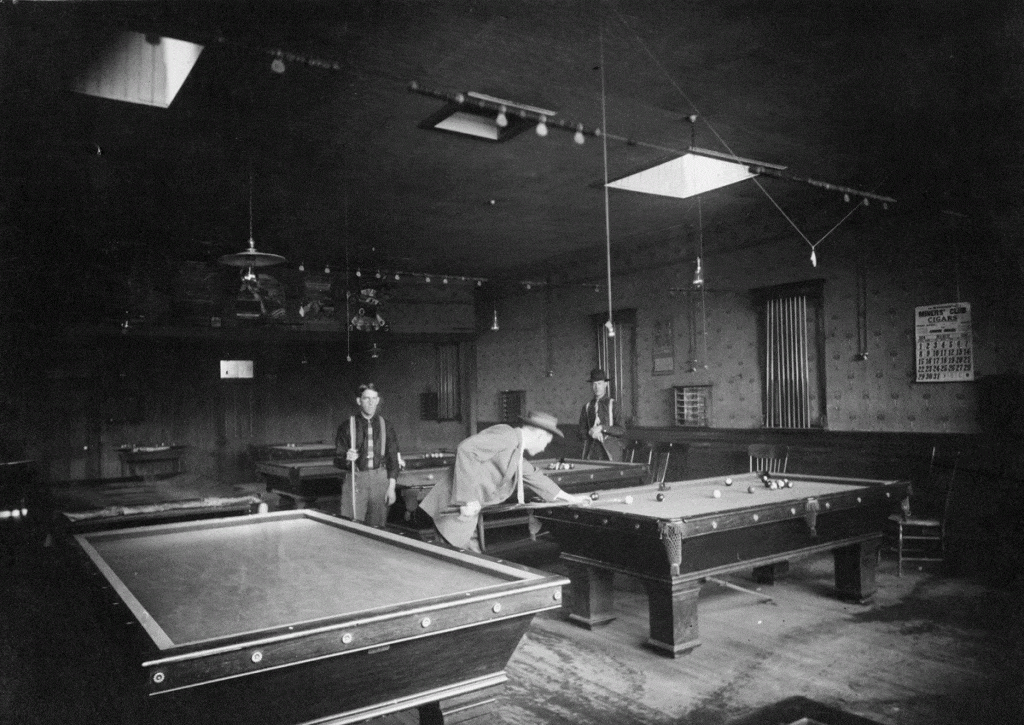Many argued that the prohibition of intoxicating beverages, implemented throughout Utah in 1917 and nation-wide in 1920, would reduce crime. Rampant alcoholism, activists claimed, contributed to political corruption, domestic violence, and general moral decay. What this argument failed to account for was the continued production and sale of alcohol even after Prohibition went into effect. “Bootlegging,” or the illegal production, transportation, and sale of alcohol, was a crime, one with which authorities had to contend from 1917 until Prohibition’s repeal in 1933.
In 1917, the Park Record indicated a town relatively optimistic about Prohibition. Yet problems arose almost immediately. Wyoming had not yet passed “dry” legislation. Towns just over the border became popular destinations for Utahns seeking alcohol. Prior to 1920, most bootleggers the Park Record reported on were arrested en route from Wyoming.
After implementation of nation-wide Prohibition, bootlegging operations started up locally and more arrests of Parkites began to appear in newspaper reports. Known as the “King of Sweden,” Gus Nielson, who lived in Empire Canyon, was arrested in October 1920. His business consisted of “an old dirty carbide can, a coil of pipe, and a slop-bucket into which was condensed the stuff that his friends get drunk on.”
As time went on, stills and moonshine operations became more complex. In order to deal with persistent bootlegging, local authorities agreed to leave many raids and investigations up to federal officers, though they continued their own involvement. Authorities began to shut down rather than simply fine “soft drink parlors” and other businesses that were, in effect, speakeasies, in the hopes of sending a zero-tolerance message.
The message was not received. Ten years after Prohibition was implemented in Utah, Park City was a mess. Even local police officers and, in a particularly high-profile case, the former sheriff, were arrested for bribery and bootlegging. One large raid uncovered over 1500 gallons of booze in various establishments – from hotels to pool halls – throughout Park City. This little mining town was known across the state as the “wettest spot in Utah.” In 1928, Park City was used by many as an example of why Prohibition was failing. Police were called “useless ornaments” and whiskey flowed freely around every corner.

Credit: Park City Historical Society and Museum, Mary Martin Vincent Collection
Prohibition failed in large part due to lack of enforcement. Without the funds and manpower to crack down on illegal operations, officers couldn’t keep up and bootleggers thrived. Even the Park Record, once a staunch supporter of Prohibition, mostly fell silent on the issue. By 1930, reports were relegated to a sentence or two each in the police blotter column and the editor merely urged readers to express their displeasure at the polls rather than through illegal behavior.
“Spirited: Prohibition in America” is a new traveling exhibit opening today at the Park City Museum. Come learn more about the movement itself, Prohibition’s repeal, and how America changed over this period in history. Located at 528 Main Street, the Museum is open Monday-Saturday, 10am-7pm and Sunday, 12-6pm.